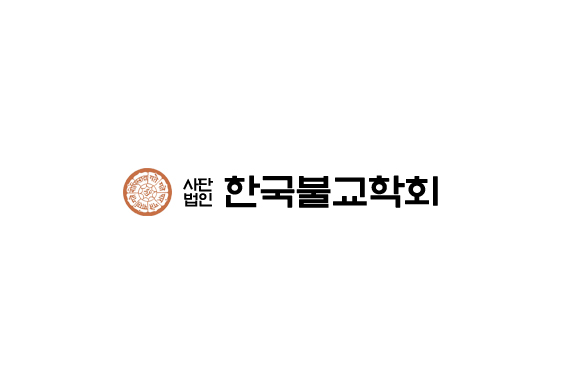현대 한국승가의 생산불교 정향(正向)
The Right Direction of Production Buddhism in Modern Korean Saṃgha
조기룡
동국대학교
한국불교학
2024, vol., no.111, pp. 203-236 (34 pages)
한국불교학회
초록
현재, 한국불교는 생산불교를 당연시 여기는 경향이 있다. 생산불교는 ‘승가가 신도의 보시 이외에 육체적 노동이나 상업적 행위를 함으로써 재정을 확충하는 것’이라고 정의할 수 있다. 이러한 경향은 신도의 보시만으로는 불교교단을 운영하기 어려운 상황으로부터 비롯된다. 그러나 불교교단의 재정 부족이 생산불교의 수용에 대한 타당성을 온전히 제공해주지는 못한다.
이에 본고는 생산불교의 문제점을 분석하여, 그 정향적(正向的) 과제를 제시하였다. 우선, 문제점으로는 다음의 네 가지를 도출하였다. 첫째, 생산불교는 승가의 노동과 붓다의 교설 간 괴리를 유발할 수 있다. 둘째, 생산불교는 승가의 세속화를 심화시킬 수 있다. 셋째, 생산불교는 승가의 부익부 빈익빈을 초래할 수 있다. 넷째, 생산불교는 승가 단독의 교단 운영 구조를 형성할 수 있다.
이를 바탕으로 본고는 불교교단의 생산활동이 불교적 정체성을 지키며 이루어질 수 있도록 정향적 과제를 실천방안과 더불어 제시하였다. 첫째, 승려의 노동과 수행 간의 교리적 간극이 해소될 수 있도록, 승려의 생산활동(노동)이 깨달음에 도달하는 하나의 방편(수행)이라는 논리 구조를 논증하였다. 둘째, 비영리단체에 부합하는 생산불교가 이루어질 수 있도록, 중생의 고통 해소와 최소 이윤을 추구하는 사업 방안들을 검토하였다. 셋째, 평등공동체인 승가의 재정이 투명해지고 수익이 공유될 수 있도록, 승가가 붓다가 정한 소유와 분배의 원칙을 지킬 수 있는 방안을 모색하였다. 넷째, 재가신도가 생산불교의 주체자라는 의식을 강화할 수 있도록, 재가신도들이 자신의 복만을 구하는데 그치지 말고 사찰과 종단의 생산활동에 능동적으로 참여해야 함을 강조하였다.
Currently, Korean Buddhism tends to take production Buddhism for granted. Production Buddhism can be defined as ‘an increase in finances by the saṃgha performing physical labor or commercial activities other than believer’s donation.’ This trend of Korean Buddhism stems from the situation where it is difficult to operate a Buddhist denomination only by believer’s donation. However, the lack of finances of the Buddhist denomination does not provide full validity for the acceptance of production Buddhism.
Therefore, this paper analyzed the problems of production Buddhism and tried to suggest the correct direction of it. In this regard, the following four problems were presented. First, production Buddhism can lead to a discrepancy between the Buddhist monk’s labor and the Buddha’s doctrine. Second, production Buddhism can deepen the secularization of the saṃgha. Third, production Buddhism can lead to the gap between the rich and the poor. Fourth, production Buddhism can form a denominational operating structure of the saṃgha alone.
Therefore, this paper presents the correct direction along with practical plans so that the production activities of the Buddhist denomination can be carried out while maintaining the Buddhist identity. First, The logical structure of the monk’s production activity (labor) as a way to reach enlightenment (zen practice) was demonstrated. Second, business plans aimed at relieving people’s suffering and pursuing minimal profits were reviewed. Third, the saṃgha sought a way to uphold the principles of ownership and distribution set forth by the Buddha. Fourth, It suggested the need for lay believers to actively participate in the productive activities of Buddhist temples and Orders.

